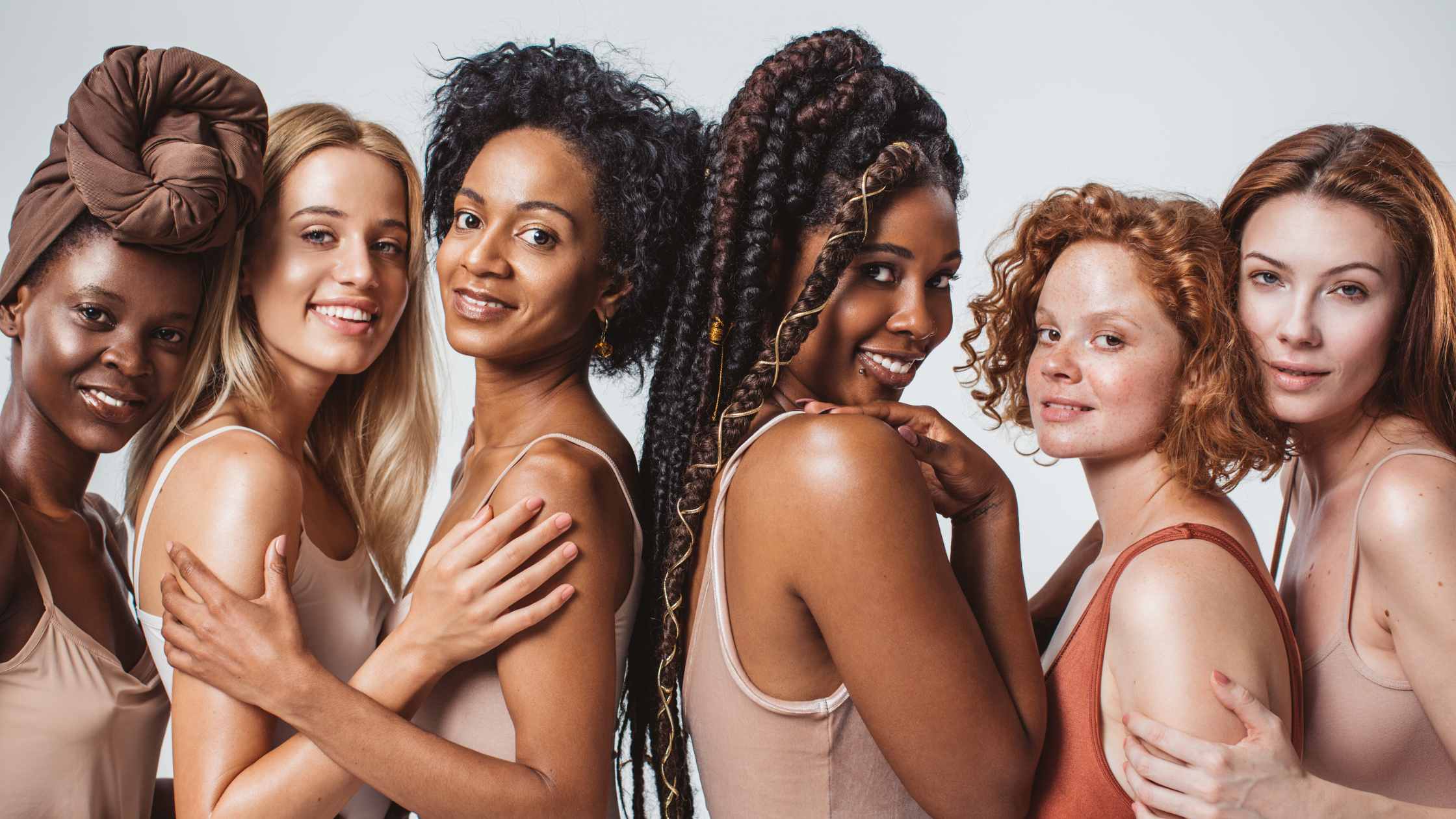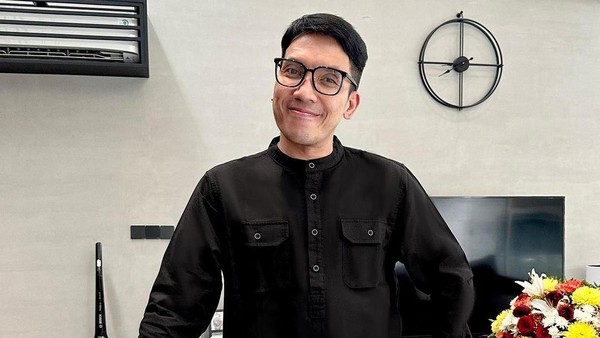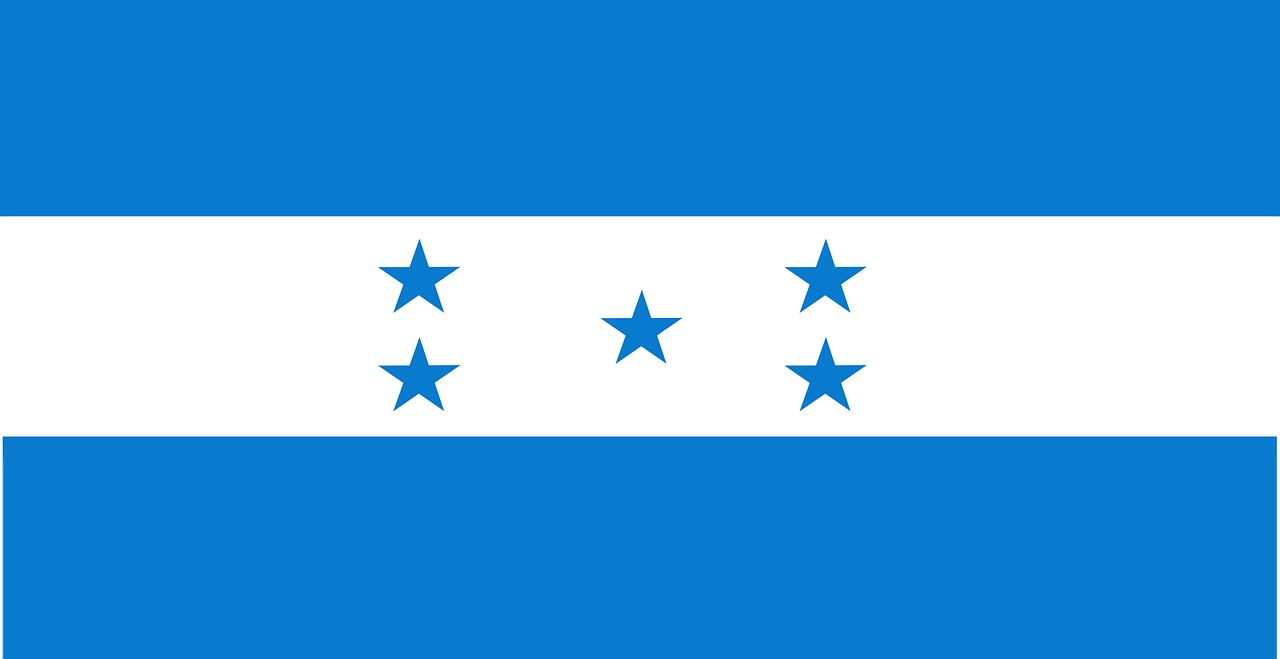
In an era where diversity and inclusivity are gaining prominence, the cosmetics industry is witnessing a significant transformation. Brands are increasingly focusing on breaking traditional beauty standards and embracing a wide range of skin tones, types, and cultural identities. One such brand making waves in this space is BLP, founded by Lizzie Parra.
The Genesis of BLP
Lizzie Parra started BLP with a vision to bridge the gap between local and international beauty products. Recognizing that many local brands struggled to compete with their foreign counterparts, she aimed to create products that not only matched international quality but also catered to the unique needs of Indonesian consumers. Parra’s journey reflects a broader trend in the beauty industry, where local brands are rising to prominence by highlighting the importance of understanding and reflecting the diversity of their customer base.
During an interview on CNBC Indonesia’s program “Closing Bell,” Parra shared insights into the motivations behind her business. She noted that there was a clear disconnect between what international brands offered and what local consumers needed. This gap inspired her to develop high-quality cosmetics that celebrate local beauty and resonate with Indonesian women.
Embracing Diversity in Beauty
The push for diversity in the cosmetics industry is not just about representation; it also encompasses creating products that work for various skin types and tones. Many brands, including BLP, are expanding their product lines to include shades that cater to a wider demographic. This shift is crucial in fostering a sense of belonging and acceptance among consumers who have often felt overlooked by mainstream beauty brands.
Parra emphasized the importance of listening to customers and understanding their needs. By actively engaging with their audience, brands can create products that reflect the true diversity of beauty. This approach not only helps in building a loyal customer base but also challenges established beauty standards that have long favored a narrow definition of attractiveness.
The Impact of Social Media
Social media plays a pivotal role in promoting diversity within the beauty industry. Platforms like Instagram and TikTok allow consumers to share their beauty journeys, showcasing products that cater to a variety of skin tones and types. Influencers and everyday users alike are amplifying messages of inclusivity, encouraging brands to adapt and innovate.
As consumers increasingly demand transparency and authenticity from brands, companies are responding by being more inclusive in their marketing strategies. This includes featuring models of different ethnicities, body types, and ages in their campaigns, reflecting the real-world diversity of their customer base.
Challenges Ahead
Despite the progress being made, challenges remain. The beauty industry is still grappling with deeply ingrained stereotypes and standards that can be difficult to dismantle. Many consumers continue to face pressure to conform to traditional notions of beauty, which can hinder the acceptance of diverse representations.
Moreover, the market is still saturated with brands that prioritize aesthetics over substance. As more companies enter the space, it becomes essential for them to not only offer diverse products but also ensure that their formulations are effective and safe for all skin types.
Conclusion
The growth of brands like BLP highlights a significant shift in the cosmetics industry towards embracing diversity and inclusivity. By challenging traditional beauty standards and focusing on the unique needs of consumers, these brands are not only reshaping the market but also fostering a culture of acceptance. As the industry continues to evolve, the celebration of diversity will remain a critical element in defining the future of beauty.
Ultimately, the message is clear: beauty comes in all forms, and every individual deserves to feel represented and valued in the products they choose.


